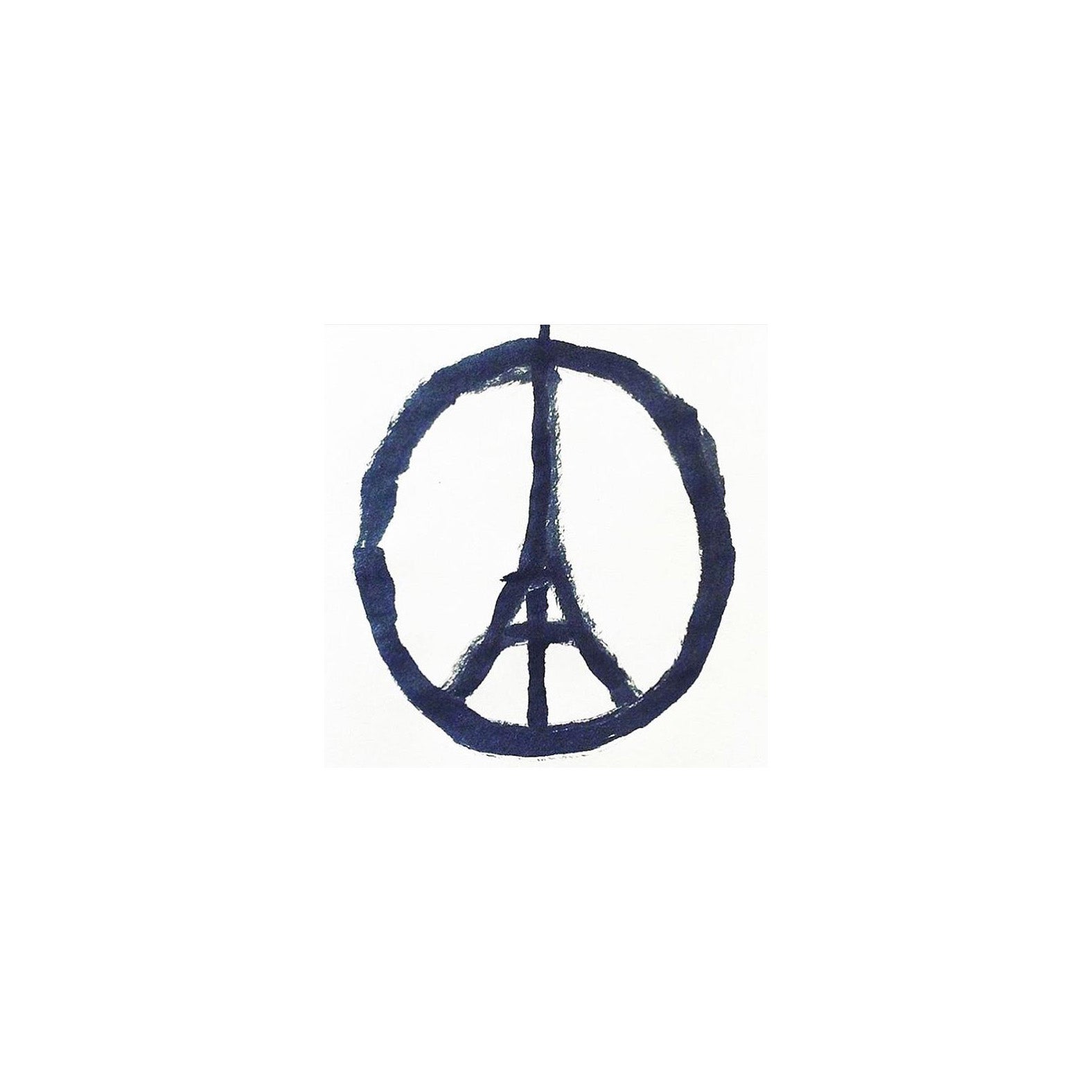
Last Friday Paris experienced the deadliest attack on French soil since World War II. The organized ISIS attacks left more than one hundred dead and even more wounded. Sorrow loomed over the city as France and Belgium closed down their borders in search of the terrorists responsible for the attacks on six sites across the famous City of Light. It is a tragic tale, but one that is becoming more and more familiar. What is unsettling about these events, however, is the precision with which they were executed, the locations selected and the people who were targeted. Terrorists were not targeting government officials or landmark buildings—they were targeting civilians going about their lives in normal spaces: a concert hall, a stadium, and a restaurant bar. They were attacking them in comfortable spaces and rattling the very nature of what it means to have a “safe zone.”
The static concept of a “safe zone” as something that you arrive at or depart from was never very realistic to me. Perhaps because that theory suggests that we spend most of our lives outside of our safe zones, and/or because I was five when I saw a military-grade rifle for the first time. It was ‘oh dark thirty’ in Naples, Italy and I was dressed in a pink puffer coat, lace-up boots and footed fleece pajamas. My godmother, Maria Bella, was holding my hand when a soldier issued the weapon to my mom just before she boarded a plane to military peacekeeping efforts in Bosnia and Herzegovina. My cheeks were moist and a pool of tears found communion on the breast of my jacket. Such is the strange nature of guns: one needn’t be familiar with them to know that their presence serves as an implication of danger. It was also around this time that I began to process the concept of ‘war.’ There are certain words that are more common in the homes of military families than those of civilians— “war” is one of them. As my mom stepped on that plane three things were clear: she would be in danger, this was more than just a “work trip,” and my idea of “safety” was going to change.
Americans have a habit of marginalizing and isolating groups of people, and labeling areas where those people live as “dangerous.” As a society, our “safe zones” have typically been relegated to the white-washed areas of the rich and wealthy; those areas where the American dream is most pronounced. Fourteen years ago 9/11 disrupted our sense of equilibrium. We were shaken as a nation, not just because of the loss of life, but also because of what it represented. Suddenly, our dazzling, world-power of a nation was no longer “safe,” and we were all affected regardless of our station in life.
Fourteen years later, the wound of 9/11 has scabbed over and we’ve removed the proverbial Band-Aid, shipped soldiers overseas, erected a new World Trade Center with an accompanying memorial, and instances of terrorism have once again returned to the place where we are most comfortable encountering them — on the flat screen in our living room. Terrorism and civil war are once again those “third world” conversation topics that we discuss over corn and “safe zones” are those places where we meet during fire drills or in the event of a hurricane.
Recent dealings with ISIS have proved otherwise, and our sense of equilibrium has once again been compromised as another democratic state has been attacked. The recent attacks on Paris are further evidence that there is no such thing as an “off limit target,” and terrorism is not limited to places like Kenya or Beirut. It is this premise that deconstructs the idea of a safe zone as a singular place— public transportation, the city marathon or your local bar. Terrorists have proven that we cannot hide from them; they live among us and are willing to disrupt and end the lives of everyday citizens for their cause, and thus our approach to safe zones must change.
Children do not typically consider safety, rather they identify with the ideas of comfort and discomfort. When I was five, my “safe zone” wasn’t a place; it was person— my mother. When she left for Bosnia, that sense of safety was ruptured. By her second deployment, I found myself re-defining my safe zone as something that I could control; a state of mind. A safe zone is a movable force, which can be created wherever you are through your vigilance.
We’ve learned over the last few years that being mindful of your surroundings has never been more important. Utilizing your ability to detect unusual behavior, noticing things that appear to be out of place, and following the military practice of “5 and 25”— being ever mindful of what’s going on 5 feet around and 25 feet around you— each contribute to the maintenance of your safe zone. Additionally, it is beneficial to be knowledgeable of key foreign words and phrases in Pashto, Farsi and other languages— such as “bomb,“ “kill” and “attack”—that suggest a threat. Terrorism is not a reason to live under a veil of fear, but rather it should serve as motive to increase your sense of vigilance as you enjoy your everyday routine.
